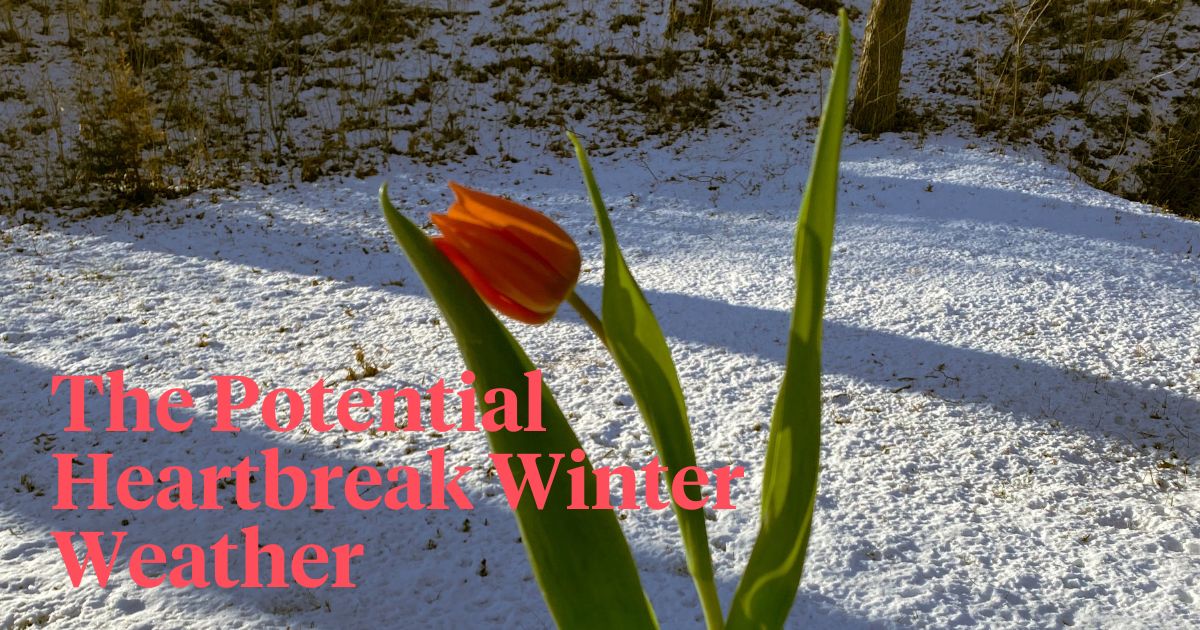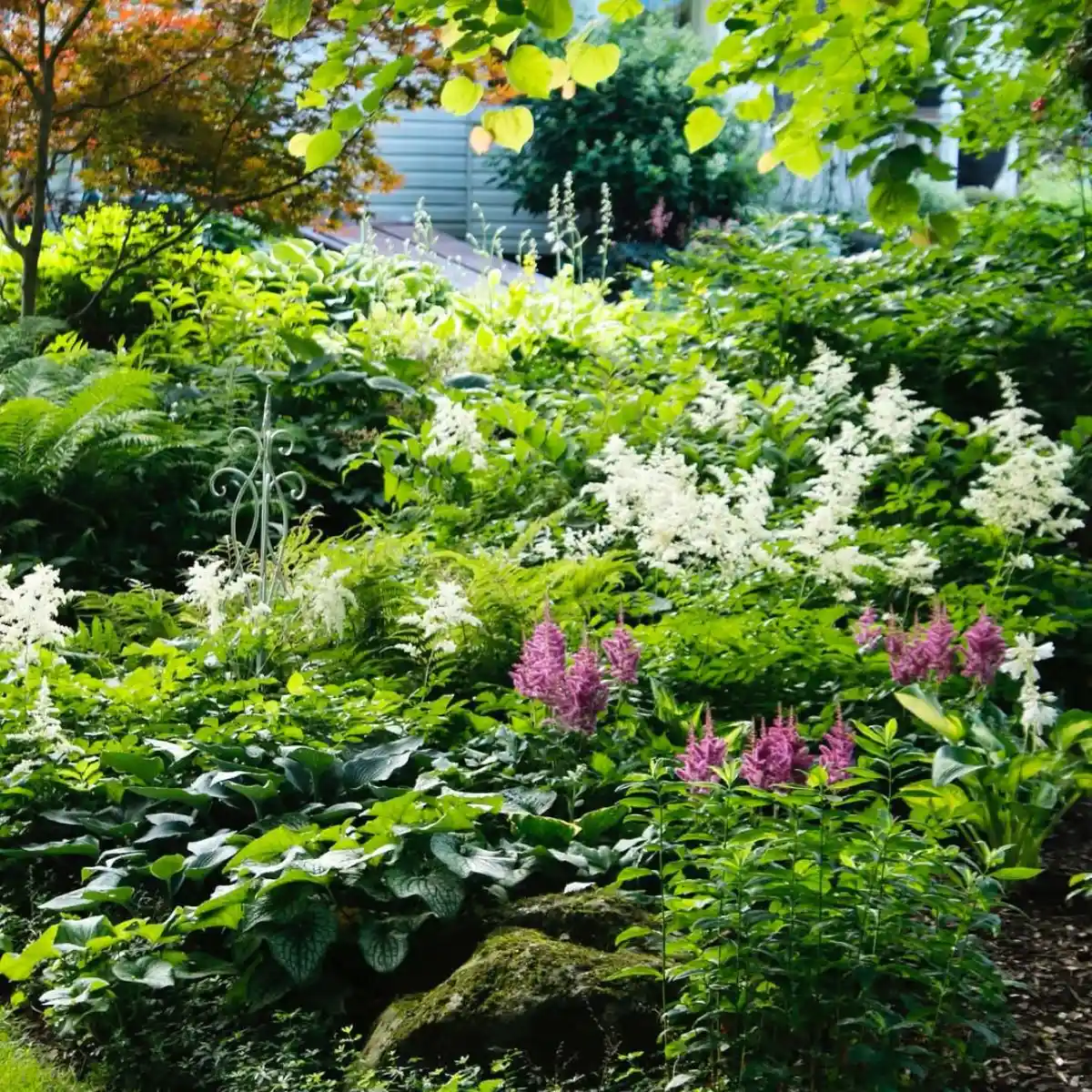Winter's wrath can quickly transform a beautiful, thriving garden into a barren, broken landscape. When heavy snow and ice storms hit, they threaten to collapse, smother, and freeze sensitive plants. Your carefully curated outdoor containers and garden beds filled with trees, shrubs, and perennials are vulnerable to the crushing weight and bone-chilling cold brought by heavy snowfall and harsh winter conditions. Without some preparation and protective action, you risk losing your prized tropicals, delicate flowers, young trees, antique heirlooms, and the color and interest they provide in your outdoor spaces.
It Is Possible to Safeguard Your Outdoor Plants Against Snow and Ice Damage
Luckily, with some practical preventative care and ongoing maintenance, it is possible to safeguard your outdoor plantings against snow and ice damage. There are a few key techniques that you can employ to protect your precious outdoor plant investments against the potential heartbreak that winter weather can bring. Following these tips means your established plants and seasonal containers will make it through the cold season and live to see another spring.
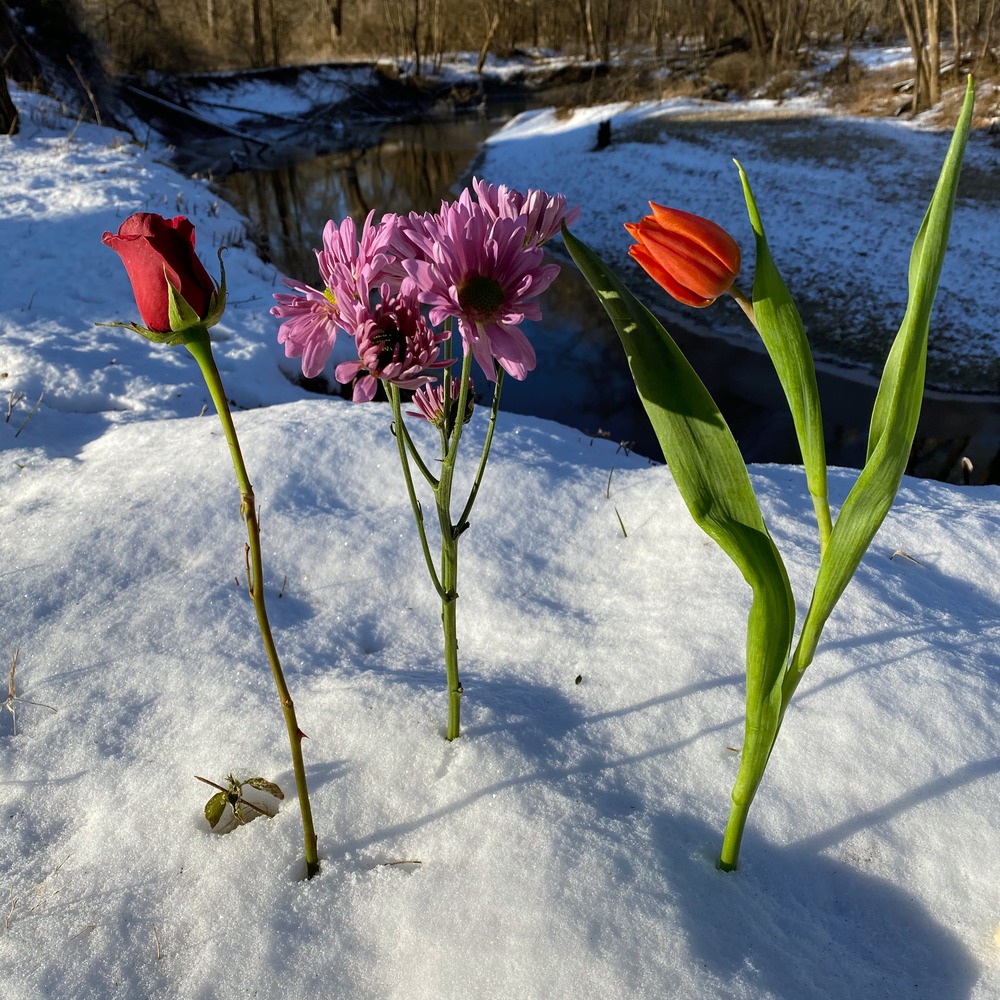
Choose Resilient Plants
Start by selecting plants that are well-suited for your local climate. Opt for cold-hardy varieties that can withstand winter extremes. Native plants are often an excellent choice, as they have evolved to thrive in the specific conditions of your region. By choosing resilient plants, you set a solid foundation for a garden that can endure the winter months with minimal damage.
Clear Away Snow Buildup Regularly
To prevent excess weight and potential damage, clear away snow buildup from your plants regularly. Be gentle while removing snow to avoid breaking branches or damaging delicate stems. Use a soft broom or your hand to gently brush off the snow. If the snow accumulation is too heavy to manage by yourself, consider seeking assistance from a professional snow removal company.
Clearing away snow buildup from your plants is not just beneficial for protecting them from damage, but it also helps promote healthier growth. When plants are buried under heavy snow, they are deprived of sunlight and sufficient air circulation, possibly leading to poor growth or even death. Regularly clearing away snow buildup allows your plants to breathe easily, receive adequate sunlight, and carry out photosynthesis effectively.
Check The Forecast Regularly
One of the most important things you can do to protect outdoor plants from snow damage is to regularly check upcoming weather forecasts as winter approaches and progresses. Pay particularly close attention to any predictions of heavy snowfall, ice storms, or extended periods of sub-freezing temperatures. These present the highest risk to vulnerable plants. You may want to sign up for email alerts and notifications for winter weather warnings, so you don't miss any hazardous conditions headed your way.
Knowing what is predicted well in advance gives you the lead time to take protective action before storms arrive. For example, if six or more inches of heavy wet snow is predicted, you'll want to proactively stake tall perennials, wrap susceptible plants, and clear paths in preparation. This can also be a good time to hire commercial snow removal services in advance. Rushing to do this after the snow starts falling is often too late.
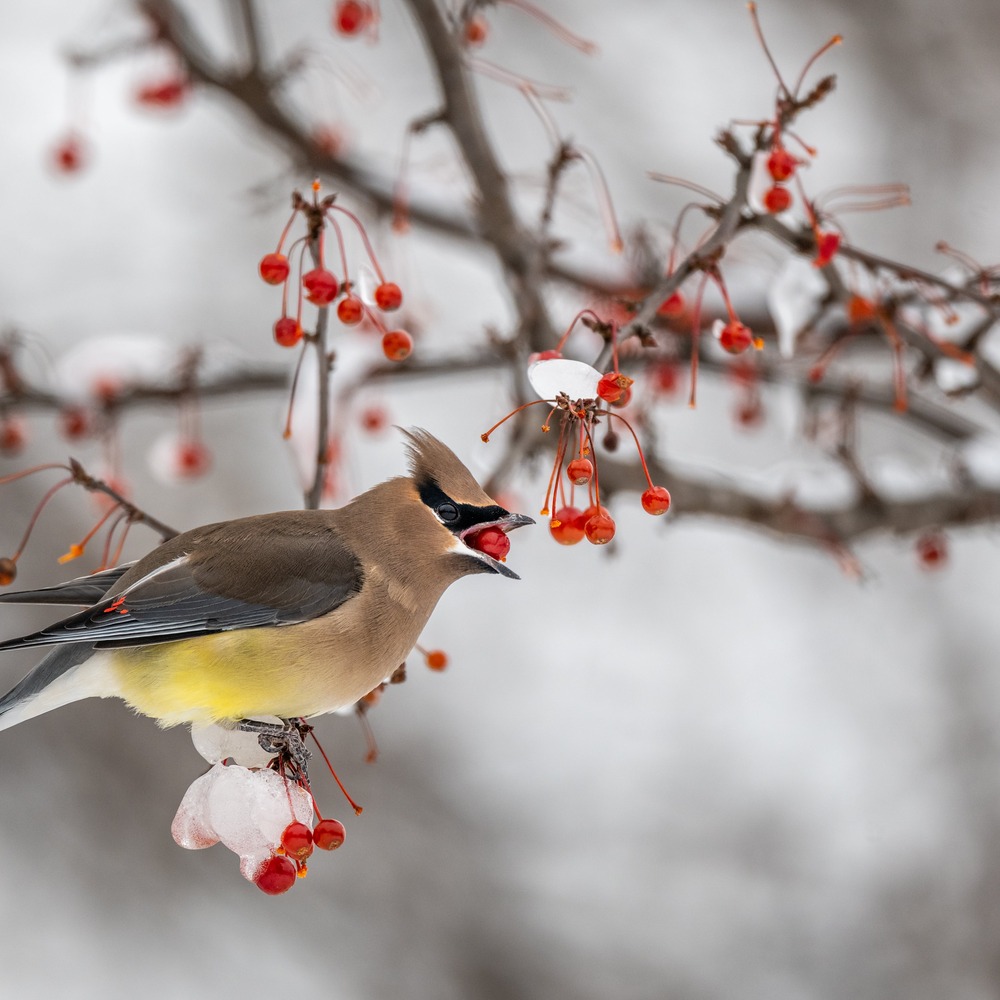
Apply Mulch Around the Base of Plants for Insulation
Mulching is a simple yet effective way to provide insulation to your plants. Apply a thick layer of mulch on each plant's base, extending it to cover the root zone. This protective barrier helps regulate soil temperature, preventing rapid temperature fluctuations that can harm plant roots. Additionally, mulch acts as a shield against frost, reducing the risk of root damage caused by freezing temperatures.
Construct Temporary Protective Structures
Consider constructing temporary protective covers around your plants to shield them from heavy snowfall. Use stakes or bamboo poles to create a framework, and drape a breathable material, such as burlap, over it. This will help protect the plants from excessive snow accumulation and also create a microclimate that retains some heat.
Wrap Fragile Plants with Fabric or Burlap
For delicate and sensitive plants, wrap them with a breathable fabric or burlap for added protection against the winter elements. This extra layer will conserve heat, provide insulation, and safeguard the plants from frost damage. Secure the fabric or burlap with twine, ensuring it is not too tight to allow for proper airflow.
Shake the Snow Off Gently
When snow accumulates on your plants, resist the urge to forcefully remove it. Instead, gently shake off the excess snow to prevent branches from bending or breaking. Use a broom or a soft brush to remove the snow, working from the bottom of the plant upwards. Be cautious not to damage the plant in the process, as rough handling can cause more harm than good.
Water Your Plants Adequately
Although it may seem counterintuitive, watering your plants adequately throughout the winter is essential. While frozen, the soil can still become dry and deprive your plants of vital moisture. Watering the plants during milder days ensures they receive the hydration needed to survive the winter months. However, avoid overwatering, as waterlogged soil can lead to root rot—a delicate balance is key to winter plant care.
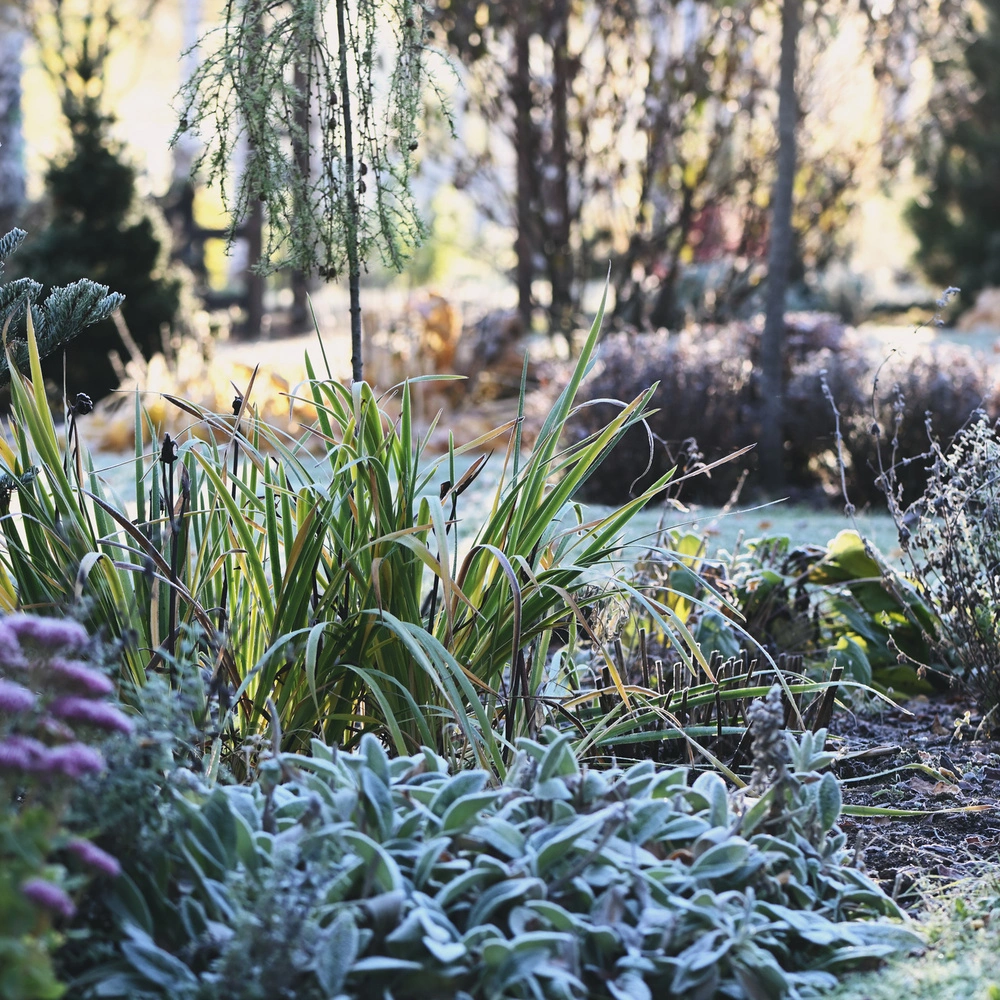
Prune Weak or Damaged Branches for Structural Integrity
Before the onset of winter, inspect your outdoor plants for weak or damaged branches. Pruning these branches not only improves the plant's overall health but also prevents them from breaking under the weight of ice or snow.
So, remove the dead and weak branches that are more susceptible to breakage under the weight of snow. Focus on creating a well-balanced and compact shape, reducing the overall surface area that snow can accumulate on. Pruning also promotes air circulation, preventing the development of fungal diseases during the winter months. On an additional note, use appropriate pruning techniques and tools to ensure clean cuts and minimize stress on the plant.
Be Patient With Recovery
Despite all efforts and precautions, you may feel dismayed when you uncover dead branches, broken stems, and desiccated leaves on your outdoor plants after a rough winter. Still, resist the urge to give up on plants that appear damaged post-winter. With proper care, many can fully recover, though it takes some patience and time.
Keep in mind that dieback and tip browning are common reactions to extreme cold. Don’t assume the worst. Instead, give plants a chance to regenerate new growth once spring arrives and temperatures warm. Start by gently pruning away any dead or irreparably damaged areas to just above live wood or healthy buds. Protect newly exposed areas from further damage. Then, remove matted leaves and debris to allow for new growth.
Monitor plants vigilantly for signs of disease or pest damage, which can hinder recovery. Treat any issues promptly and properly to restore plant vigor. With time and care, even plants that initially looked like goners can regrow and return to their former glory. Be patient and let nature take its course through spring.
Key Takeaway
Safeguarding your outdoor plants from snow damage requires a proactive and strategic approach. With these simple but effective strategies, you can create a winter-ready garden and preserve the beauty and longevity of your outdoor plants for years to come. So, take the time to prepare your garden now and reap the rewards of a flourishing landscape come spring.

